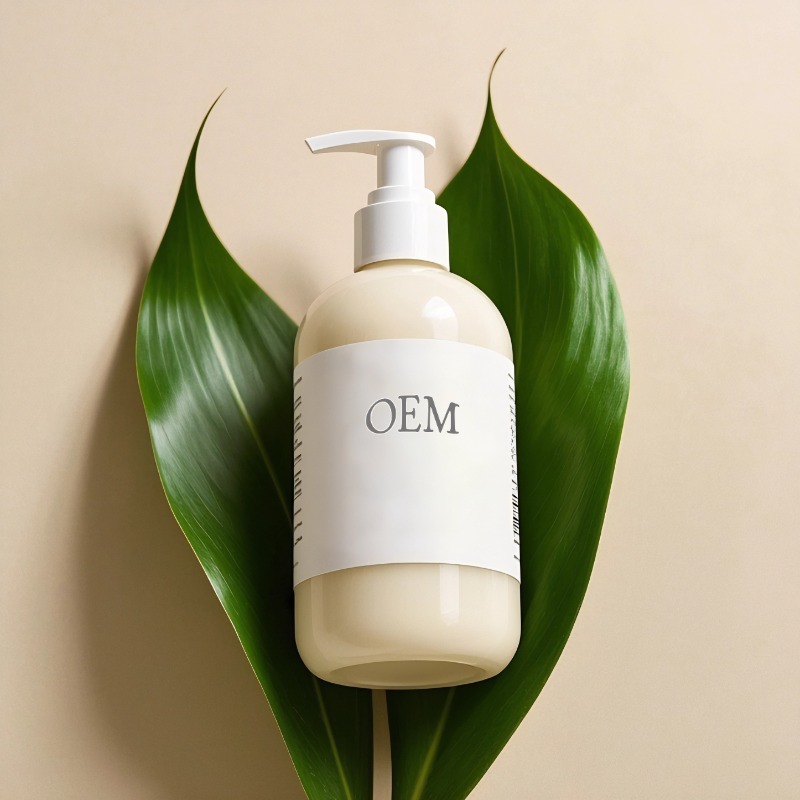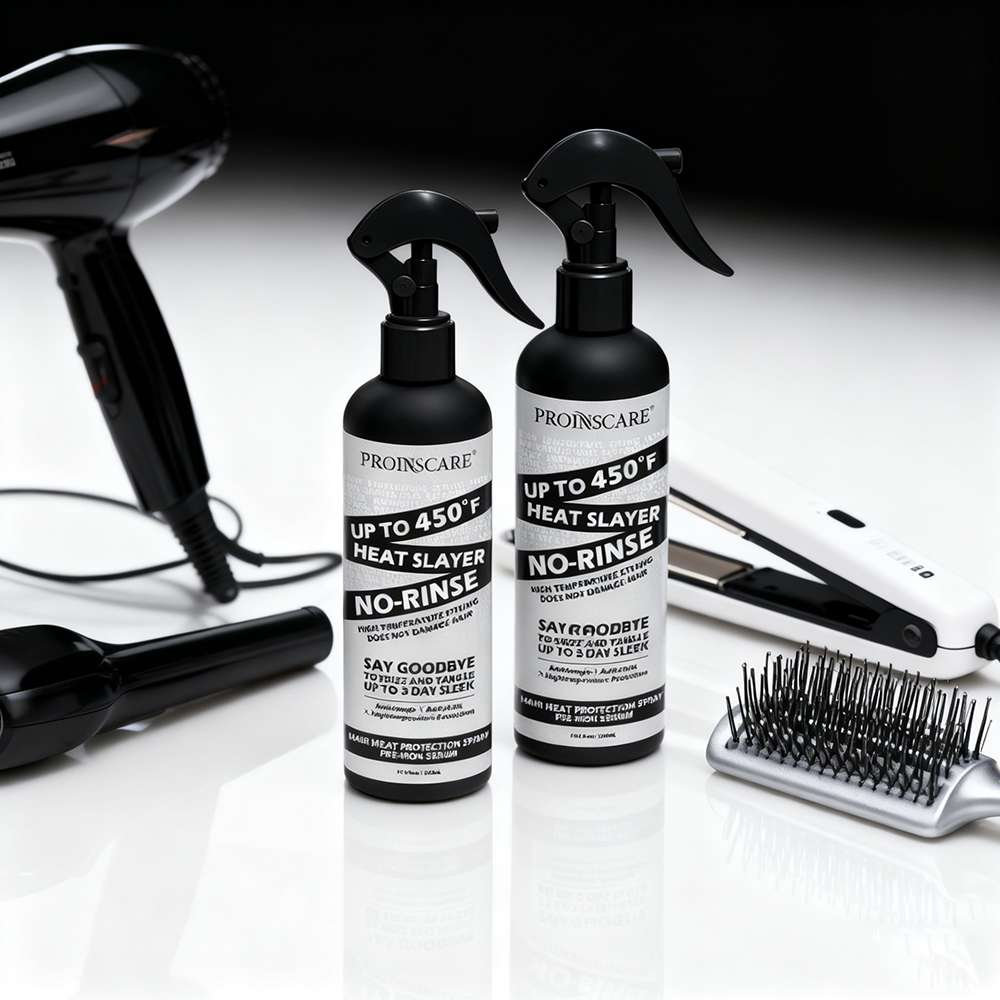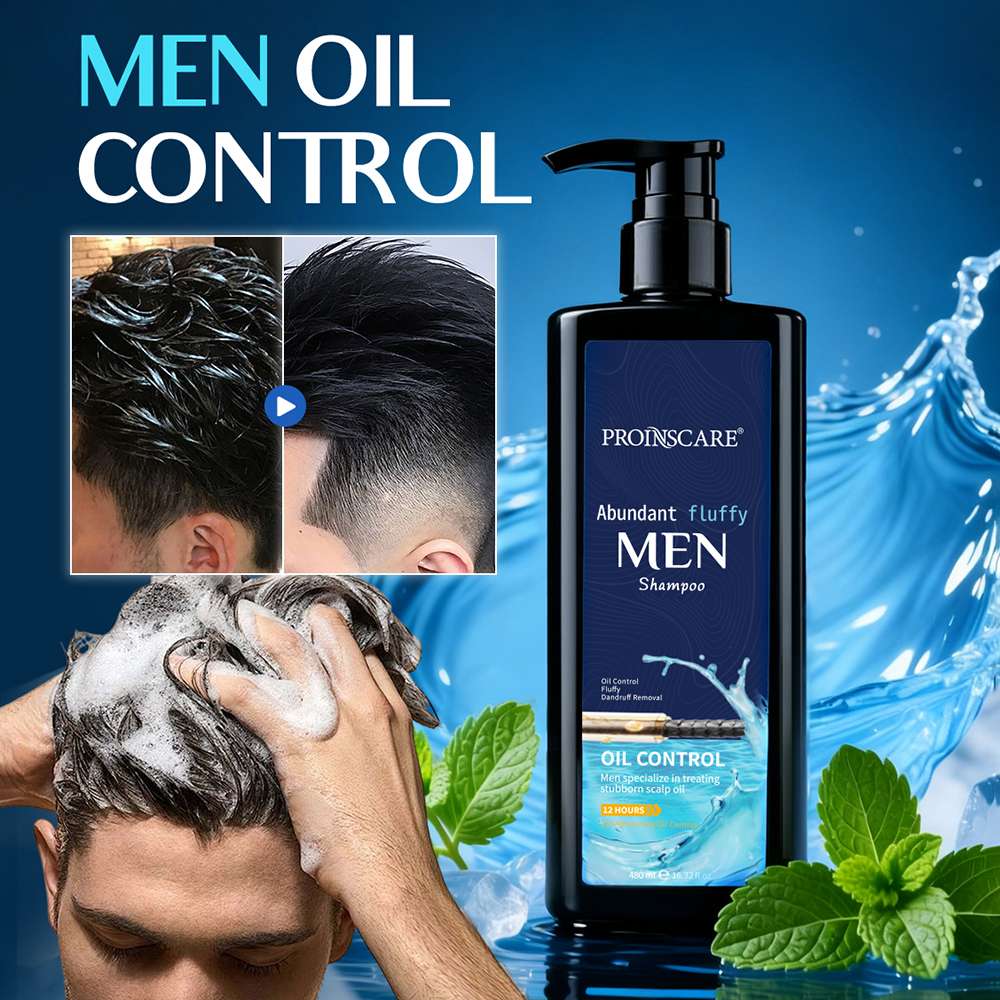For beauty companies that desire to reach beyond borders, there is always that one ginormous question: How do we make our products work for people in totally different regions of the world? Most companies think that one great product will sell globally. But when it comes to beauty, especially hair care, that is not true.
Approximately 70% of global hair care companies fail in new markets simply because they overlook an essential element: ingredient preferences related to climate, culture, and lifestyle. The struggle between global formulas and local requirements is real. The bad news? There is a way out of it. If you grasp the difference in what consumers desire and require in their hair care products, particularly between the Middle East hair care market and the Southeast Asian hair care market, you can formulate products that will really resonate with consumers.
So, how are these two fast-growing markets different? And how can your brands make the right moves with private labels and customized products? Let’s break it down.
Why Global Products Won’t Necessarily Work in Domestic Markets
If your product is loved in Europe or North America, you might be tempted to just send the same version to other countries. But that can come back to haunt you in a hurry. That’s because hair care is strongly influenced by environmental and cultural factors.
In markets such as the Middle East hair care market or the Southeast Asian hair care market, the culture, lifestyle, and beauty ideas are just so dissimilar. What may possibly be feasible for dry, hot cities like Riyadh may be completely irrelevant to hot cities like Jakarta.
Trying to reproduce the same formula anywhere can mean poor returns, investment going waste, and dissatisfied customers. That is the reason why discerning brands today are focusing on niche hair care treatments — ones that are meant to address local requirements.
But what are these needs, exactly? Let us discuss what shapes them.
How Climate and Culture Shape Hair Care Expectations
Hair treatment is more than just washing and styling. It is identity, habit, and comfort in many areas of the world. So, it is crucial to comprehend how weather and tradition are factors when developing the right formulas.

The Climate Factor
In the Middle East, there is a desert climate that dominates most of the countries. That is, hot sun, dryness, and dust. Hair gets dry, brittle, and UV damaged. Here, individuals in the region want products that repair damage, lock in moisture, and protect from heat and dust.
Now come to the hair care industry of Southeast Asia, whose climate is almost the opposite. Thailand and Vietnam, for example, are hot and humid, and have a lot of sweating and rain. Here, scalp freshness, oil control and frizz control are the priority. People look for light products that are neither heavy nor sticky.
The Cultural Side
Climate is not the only explanation for what people want in their hair care. Culture is involved as well.
In the Middle East, long, healthy hair equals beauty. Women will go through rituals with oils, masks, and fragrant treatments. Religious doctrine also prescribes ingredients — e.g., they have to be halal-approved.
Conversely, the Southeast Asian hair care market is defined by busy lifestyles. People desire something that is quick to work, gives fresh texture, and is natural. Consider a Malaysian student who is perpetually in a rush or perpetually on-the-go working professional in the Philippines — they require something that works quickly and feels fresh.
And how do these cultural and climatic patterns influence ingredient selection?
What Ingredients Do People Like in Each Region?
In order to produce incredible products for either audience, you need to know what ingredients are currently popular — and why they’re worth noting. Let’s begin.

Deep Nourishment and Repair
In arid countries such as those in the Middle East hair care market, Moroccan argan oil benefits for hair is a top seller. It is dense with fatty acids and vitamin E and is ideal for restoring dry, damaged hair. Shea butter and black seed oil are also among the favorites that are sought after for their strong repair.
Meanwhile, in Southeast Asia’s market for hair, where the atmosphere is dense with humidity, lighter but effective oils are the stars. Coconut oil and moringa seed extract are favorites as they provide a softness not a weightiness.
Scalp Care and Clean Feeling
Scalp health becomes more and more important in both markets, but people approach it differently. In the Middle East, black seed oil and sea buckthorn are used. They soothe and nourish the scalp and hair.
In Southeast Asia, however, it’s tea tree oil, lemongrass, and centella asiatica all the way — products that purify, revitalize, and keep the sticky feeling brought about by humidity at bay.
Trending Ingredients & Efficacy Preferences
| Hair Concern | Middle East Favorites | Southeast Asia Favorites |
| Deep Repair | Moroccan argan oil, shea butter | Coconut oil, moringa seed extract |
| Scalp Care | Black seed oil, sea buckthorn | Tea tree oil, lemongrass, centella asiatica |
| Fragrance Appeal | Oud (agarwood), rose oil | Jasmine, lemongrass, minty/fresh botanicals |
| Texture | Rich creams, thick masks | Airy gels, water-light shampoos |
| Popular Add-ons | Silk proteins, keratin, gold flakes | Aloe vera, bamboo extract, menthol |
So, in light of these preferences, in what ways and how exactly are brands turning these into real product lines?
Packaging and Fragrance – The Look and Feel of Localization
Ingredients are only half the story. Consumers in both countries are highly interested in scent and packaging — and these vary as much as their climates.
Fragrance Expectations
Rich, expensive perfumes such as rose, agarwood (oud), and musk are popular in the Middle East. They have a lingering aroma that smells expensive and should linger throughout the day.
Conversely, in Southeast Asian hair treatment, individuals prefer light, clean, and natural fragrances. Scents such as lemongrass, jasmine, and mint are particularly preferred—freshness rather than richness.
Packaging Styles
Design plays a big role as well. Middle Eastern consumers will buy larger, family-sized packs in gold-colored, high-end designs. The product is designed to be eaten as a treat.
Meanwhile, in Southeast Asia, it’s all about minimalist, travel-friendly, and visually whimsical. People love packaging that is popping on Instagram or TikTok. Biodegradable or sustainable packaging would be a boon, and disposable or travel packets are trending.
But what does it actually look like when it’s being done right?
What Are the Top-Selling Hair Products in Each Market?
Let’s examine some real product success stories and see how brands are doing well with localized strategies.
Widespread in the Middle East
One of the top-selling items in the Middle East hair care market is a repairing hair mask with black seed oil and rose scent. Packaged in a gold jar, it was a hit thanks to the beauty influencers — and now sells over 200,000 units a month.
Others among their favorites include leave-in oils that feature Moroccan argan oil and weekly hair ritual kits used in salons.
Bestsellers in Southeast Asia
In Vietnam, mint and bamboo extract cool shampoo became a surprise sensation on TikTok, selling out in 48 hours. Its gel texture and cold blue bottle were attractive to young consumers.
Yet another up-and-coming Thai star is a lemongrass-scented scalp spray that provides a cool pick-me-up on warm days — perfect for individuals always on the move.
All this achievement brings us to ask: How can your brand achieve the same?
How LocRoyal Helps Brands Localize for Local Markets
That’s when LocRoyal steps in. As a respected hair care producer, LocRoyal assists brands in developing region-specific products from scratch — or reformulating existing ones to better suit.

Step 1: Diagnose Local Needs
We start with discovering your target market:
- Ingredient filtering to ensure religious or ethnic rules (e.g., halal compliance)
- Climate simulation to test formulas in dry or wet conditions
Step 2: Smart Development
Then we work together with you to create or adjust your formula:
- Ingredient replacement technology enables us to substitute ingredients with the same impact.
- Our perfume experts assist you in creating fragrances that resonate with local palates.
Step 3: Cultural Packaging Design
And finally, we present a packaging database rich in imagery that is designed to respond to local
preferences — from geometric prints for Middle East consumers to tropical imagery for Southeast Asia.
With this system, you have a product that looks, feels, and works exactly the way your audience is anticipating.
But then what if brands actually go full-hog on localization?
Real Success Stories from Our Customization Process
A Middle Eastern Consumer of a European Brand
One of our customers brought to us a basic hair mask that performed well in Europe. We overhauled it by:
- Adding black seed oil
- Having a weekly care ritual campaign around it
The outcome? A 300% rise in average order value in 3 months.
A Regional Expanding Vietnamese Brand
Another Vietnamese client desired to be a local market leader. We assisted them:
- Develop a refreshing cooling line with playful, shareable packs.
- Roll out with convenience store trial packs.
Six months later, they achieved the Top 3 market share in their segment.
These are only a few of the things that are possible with the right strategy. So, what is the key takeaway?
Global Success Starts with Local Understanding
If there is one thing to keep in mind, it is this: Globalization does not equal standardization. You don’t need to reinvent your product — you need to make it feel right to the people you’re selling it to.
We do not just develop hair care products at LocRoyal. We help businesses create products that are embraced, sought after, and known to every consumer — no matter where their locations are in the world.
We offer full OEM and ODM services so you can design your own customized hair care products for the Middle East hair care market, the Southeast Asian hair care market, or wherever you need them. And our ingredient expertise means you’ll always be trendy — without sacrificing quality.
Ready to develop the next regional bestseller?
Let’s discuss how we can assist you in growing using products that really connect with you.
LocRoyal is a professional hair care manufacturer; we have our own brands, ” PURC ” and “PROINSCARE,” and can offer private label hair care product customization services.
FAQs
1. What are the most significant hair concerns in the Middle East hair market?
Most people in this area struggle with dry, sun-damaged, heat-damaged, and dust-damaged hair. That is why repair and moisturizing products are in such demand.
2. Why is coconut oil so popular in the Southeast Asian hair care market?
Light coconut oil regulates frizz and humidity issues, so it is a bestseller in warm and humid Southeast Asia.
3. What are the benefits of Moroccan argan oil for hair?
Moroccan argan oil adds shine to dry locks, reduces breakage, and deeply moisturizes dry locks. It is especially helpful for dry climates or for chemically processed locks.
4. What is a tailored hair care product?
These are hair care products that are specifically designed to meet specific needs like local climate, hair types, or cultural requirements. They have enhanced performance and are more marketable.
5. What does a Middle Eastern foreign trade cosmetics factory offer?
These companies make and export cosmetics that adhere to local specifications, such as halal certification and environmentally friendly ingredients.
6. What makes southeast Asian foreign trade cosmetics competitive?
They would prefer to focus on natural ingredients, rapid-use forms, and eco-friendly packaging to meet the needs of consumers in rapidly moving, tropical conditions.
7. What do I search for in a Middle East B2B cosmetics supplier?
Choose suppliers who have knowledge of local laws, ingredient restrictions, and fragrance regulations — e.g., oud, rose, or musk.
8. Why do business with a Southeast Asian B2B cosmetics supplier?
They will help you create products that are in harmony with local needs like oil control, lightness, and cooling herbs like lemongrass or mint.
9. What services does a hair care manufacturer such as LocRoyal Haircare offer?
LocRoyal Haircare offers end-to-end OEM and ODM solutions — from ingredient formulation and development to fragrance design and packaging for markets around the world.
10. Can private label hair care products be formulated differently by geography?
Yes. With partners like LocRoyal Haircare, firms can produce private label lines for markets like the Middle East or Southeast Asia that can offer better returns and brand loyalty.






